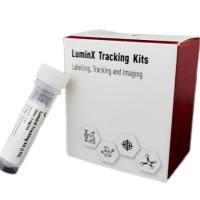Lipid-Mediated Gene Transfer into Normal Adult Human Hepatocytes in Primary Culture
互联网
552
Functional analysis of the 5′-flanking region of a gene has become a routme procedure for identifying the cis -acting DNA elements involved in the control of the transcriptional activity of the gene (1 ). This experimental approach requires the transfection of reporter plasmids, harboring various fragments of the 5′-flanking region of the gene, into appropriate cultured cells and the subsequent measurement of the activity of the reporter gene, either constitutively or in response to regulatory stimuli. Continuous cell lines derived from mahgnant tissues have been extensively used for this purpose because they can be easily cultured and transfected. However, these cell lines have two major drawbacks: they are dedifferentiated with respect to the normal tissue from which they originate; that is, the tissue-specific transcription factors are generally expressed at a low level, if at all; and their culture requires the use of serum, the chemical and hormonal composition of which is not fully defined. In fact, it would be preferable to transfect normal cells in a primary culture in which the phenotype of the tissue of origin is maintained. The problem with this approach is that the methods currently used to transfect cell lines, including electroporation and calcmm phosphate-or diethylaminoethyl (DEAE) dextran-DNA coprecipitation, are generally not convenient for primary cultures because of their toxicity (2 –4 ).









